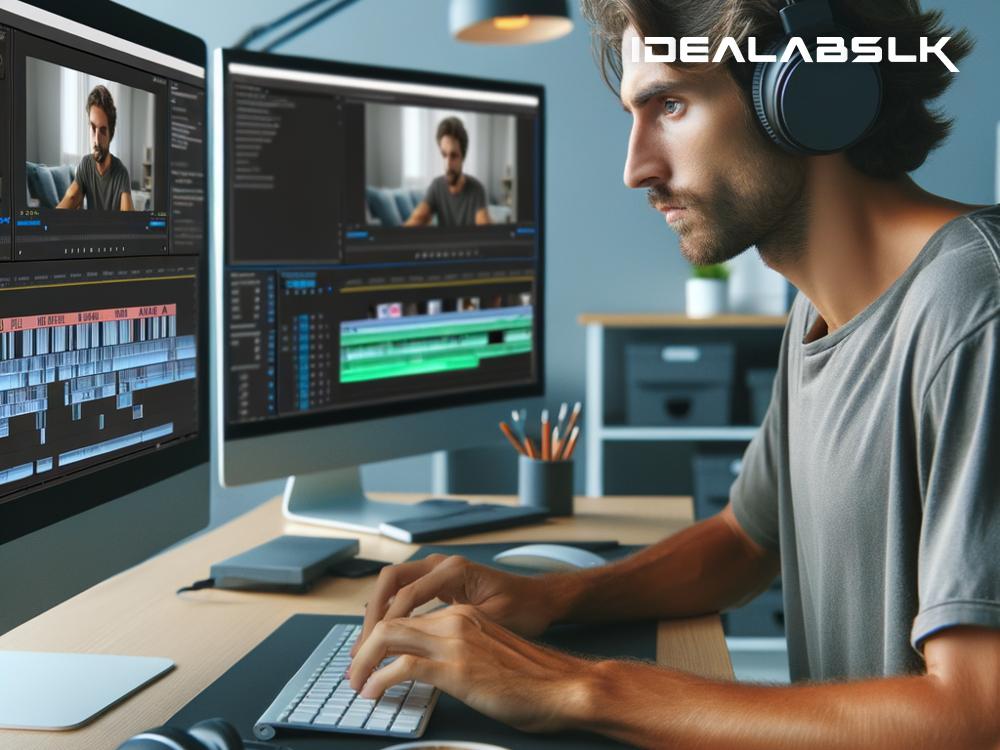The Role of Video Encoding Software in Social Media: Simplified
In today’s digital world, social media isn’t just about text or images anymore. Videos have taken center stage, becoming a dominant form of content across platforms like Facebook, Instagram, TikTok, and YouTube. But have you ever wondered how these videos look so good across different devices, from your tiny smartphone screen to your large computer monitor? This magic is largely thanks to video encoding software. Let’s break down what video encoding is and why it’s so important for social media.
What is Video Encoding?
Imagine you’ve made a beautiful video, and you want to share it with the world on social media. However, videos are usually huge files, and uploading them directly could take ages, not to mention the time followers would need to download and watch them. Video encoding is like a fantastic packing technique, making your video smaller and easier to share without losing its essence.
In technical terms, video encoding is the process of converting video files from one format to another, compressing them so they're easier to distribute and consume online. It’s all about efficiency and making sure viewers get the best possible experience, no matter what device they’re using.
The Backbone of Social Media
Social media thrives on fast, accessible content. No one wants to wait forever for a video to load. Video encoding software steps in as the unsung hero, ensuring videos upload quickly, stream smoothly, and look great.
1. Improves Loading Times
Through compression, encoding software reduces the file size of videos, which directly impacts how fast they load. In the fast-paced world of social media, this difference can determine whether a viewer watches your video or scrolls past it.
2. Ensures Quality Across Devices
Different devices have different capabilities for playing videos. High-end smartphones might handle heavy files better than an older desktop computer. Video encoding makes sure that your video is watchable in good quality across all devices, adjusting to their playback capabilities.
3. Saves Data
For users on limited data plans, watching a high-definition video can consume a lot of their monthly allowance. Encoded videos are smaller and use less data, making content accessible to a wider audience.
4. Supports Multiple Formats
Social media platforms prefer specific video formats. Encoding can convert your video into multiple formats, ensuring it can be uploaded anywhere without issues.
The Tech Behind the Scenes: A Peek at Video Encoding Software
There are numerous video encoding software options out there, each with its unique features. Some are simple, designed for beginners, while others offer advanced customization for professionals. Common software includes Adobe Media Encoder, HandBrake, and FFmpeg – tools that can tweak everything from video dimensions to compression rates.
These software solutions work by taking your original video file and processing it according to the settings you've chosen, outputting a new, optimized file ready for social media fame.
The Future is Video
As social media platforms evolve, video content is becoming more sophisticated. Features like live streaming, 360-degree videos, and virtual reality are on the rise. Each of these formats requires efficient encoding to ensure they are accessible and enjoyable for all users.
The future of social media lies in leveraging advanced encoding technologies to deliver these innovative video formats swiftly and smoothly to users across the globe.
A Democratized Digital Arena
Video encoding software plays a crucial role in democratizing content creation. It ensures that whether you're a teenager with a smartphone or a professional videographer with high-end equipment, your content can find its audience. This inclusivity has fuelled the exponential growth of content on social media, making it a vibrant, diverse place.
In Conclusion
While it might work behind the scenes, video encoding software is a cornerstone of the social media experience. It ensures that videos, an essential mode of communication today, are accessible, enjoyable, and seamless for everyone, everywhere. As video content continues to evolve and dominate, the role of encoding software will only grow, shaping the future of how we consume digital content. So, the next time you watch a video on your feed, remember there’s a complex process and powerful software making that moment of connectivity possible.

